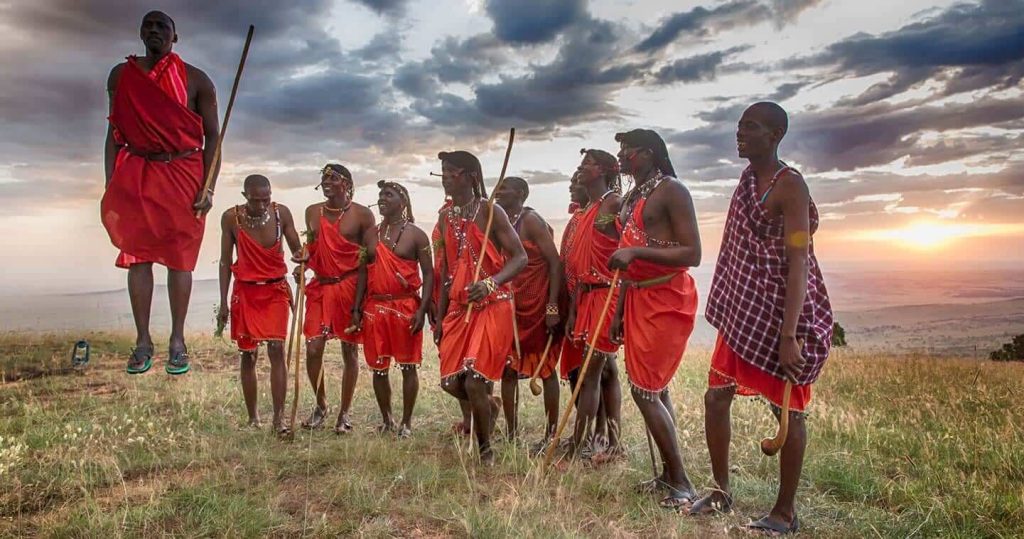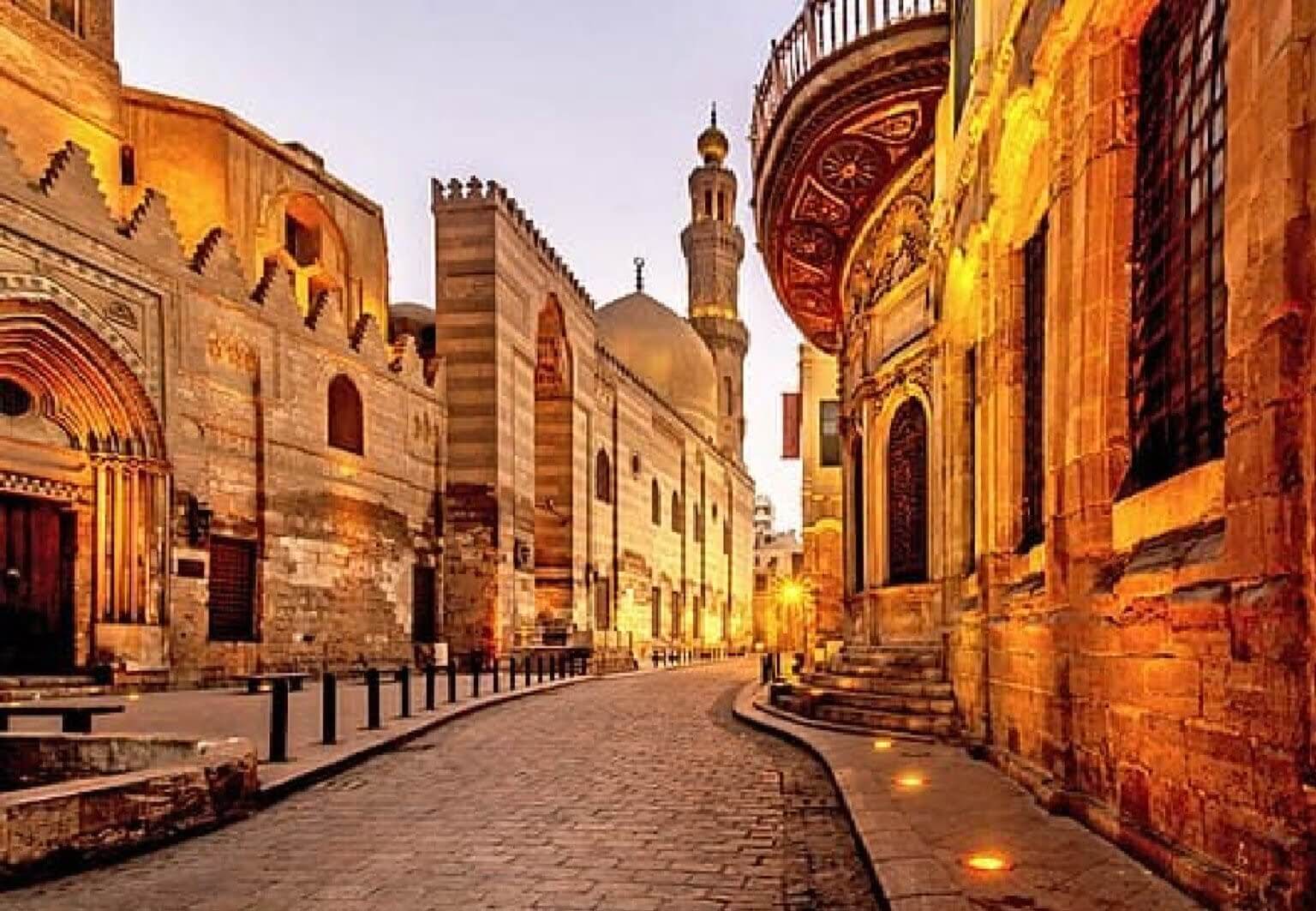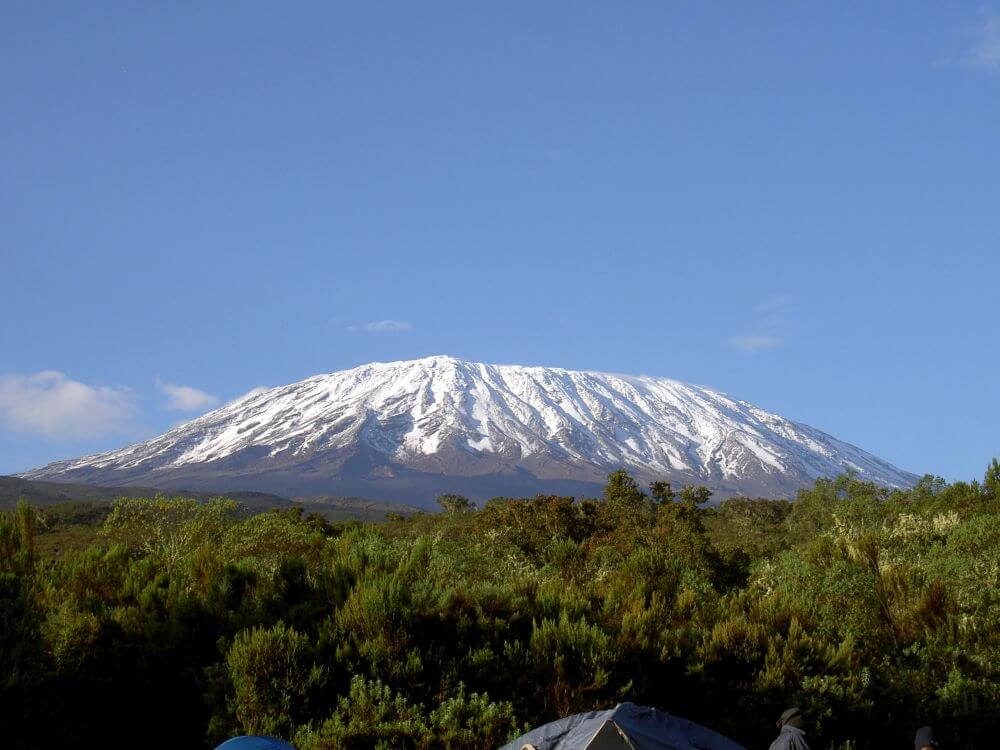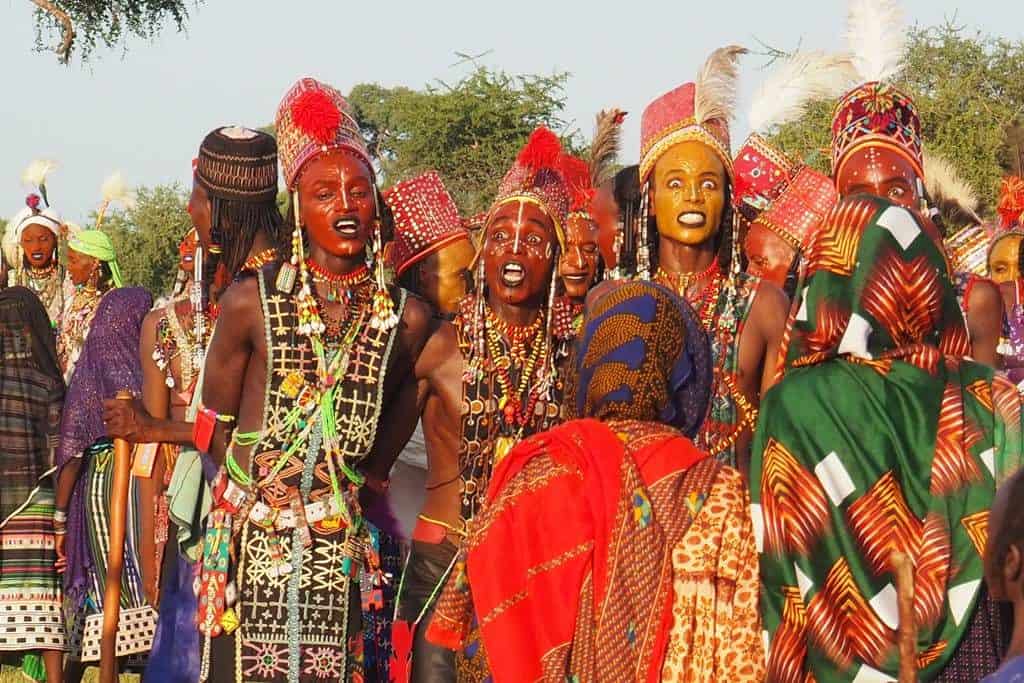One of the World’s Seven Wonders
It is not surprising that countless wildlife movies have been filmed in the Serengeti, as this is the home of the Great Migration, one of the seven wonders of the world.
A World Heritage Site, Serengeti National Park teems with millions of wildlife, including lions, leopards, cheetahs and the greatest show on earth – 1.5 million wildebeest migrating northwest, over the Acacia plains and dangerous alligator infested waters seeking fresh grazing and better quality water.

During the great migration, the wildebeest brave alligator infested waters
Wildebeest, also called gnus, are members of the antelope family. They are related to oryxes and gazelles. A wildebeest can grow 8 feet in length, and weigh up to 270 to 600 pounds. Imagine the dramatic sight and sound of millions of wildebeest, so thick in the air, that it vibrates through your entire body.
Wildebeest typically inhabit the Serengeti plains of southeastern Africa. For most of their lives, wildebeest graze in the grassy savannas and open woodlands of the plains, which straddle the nations of Tanzania and Kenya.
The great Serengeti wildebeest migration is the movement of vast numbers of the Serengeti’s wildebeest, accompanied by large numbers of zebra, and smaller numbers of Grant’s gazelle, Thomson’s gazelle, eland and impala. These move in an annual pattern which is fairly predictable.
The precise timing of the Serengeti wildebeest migration is entirely dependent upon the rainfall patterns each year.
There are many different points to observe this mass movement of the wildebeest and all the drama it entails, but some great watch points are the flash-points of the Mara River, the plains of the Masai Mara National Park, and the Ndutu Plains of Tanzania’s Serengeti.

The Serengeti National Park is not easy to describe in words. Vistas of honey-lit plains at sunset are worth the trip. The genuine smiles of the Maasai people, giving you an immediate warming glow inside. Or just the feeling of constantly being amongst thousands of animals – it doesn’t matter what season of the migration you visit the Serengeti National Park, it’s magical all year round.
Serengeti National Park was one of the first sites listed as a World Heritage Site when United Nations delegates met in Stockholm in 1981. Already by the late 1950s, this area had been recognized as a unique ecosystem, providing us with many insights into how the natural world functions and showing us how dynamic ecosystems really are.

Today, most visitors come here with one aim alone: to witness the migration, which can’t be witnessed anywhere else. Whereas other famous wildlife parks are fenced, the Serengeti is protected, but unfenced. Giving animals enough space to make their return journey, one that they’ve been doing for millions of years.
GETTING THERE
Pre-arranged Tours

Governors’ Camp
Governors’ Camps, set in some of the most beautiful parts of Africa, provide the old-fashioned pace of life accompanied by the best of 21st century support in the heart of some of East Africa’s prime wildlife areas. Air services bring you to your camp effortlessly, and ingredients for gourmet meals are flown in daily.
Phone: +254 20 2734000/ +254 20 2734005
Email us: info@governorscamp.com
Website: https://www.governorscamp.com
By Air or Road
The most convenient option is to fly from Arusha to one of the park’s seven airstrips. It is also possible to book an overland safari in a 4×4 safari vehicle from Arusha to Serengeti National Park and visit one or two other parks along the way.
Drive in Safaris
In general, the drive-in safaris start from the town of Arusha. As it will take approximately eight hours to travel from Arusha to the Serengeti National Park, an overnight stay at one or more wildlife sites en route is usually part of your safari itinerary.
Park fees at Serengeti National Park
These Serengeti park fees are usually included in the rate when booking an organized safari package. The following entrance fees apply:
January – June
16+: US$ 70.80
Under 16: US$ 23.60
Under 5: Free
July – March
16+: US$ 82.60
Under 16: US$ 23.60
Under 5: Free
Best Times to See Migration
Year round
















